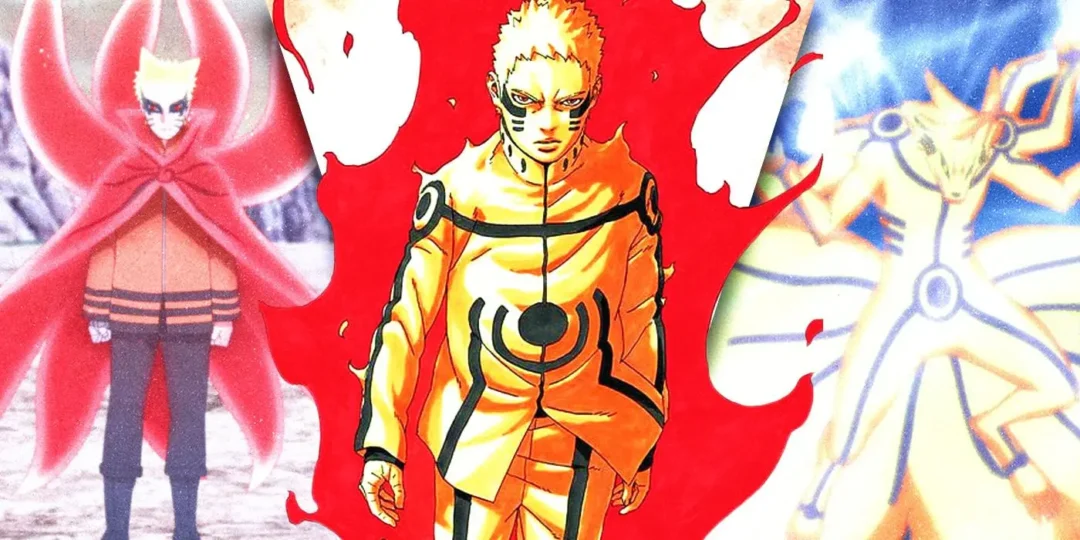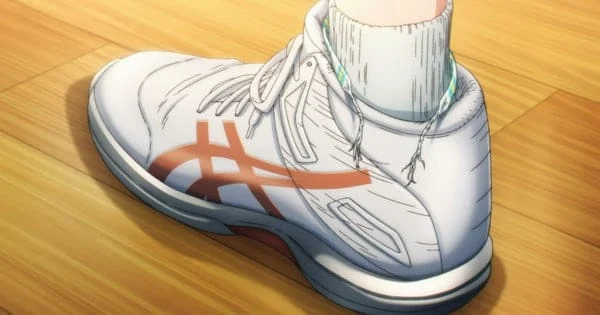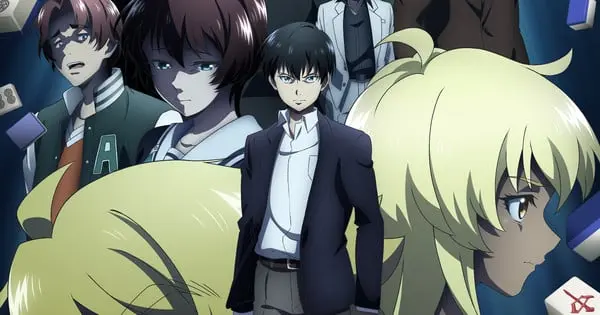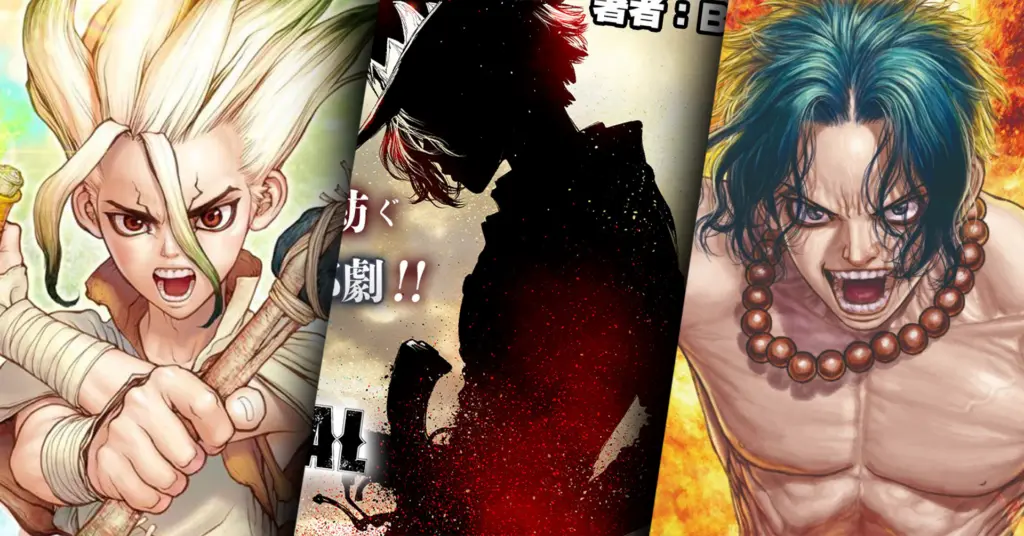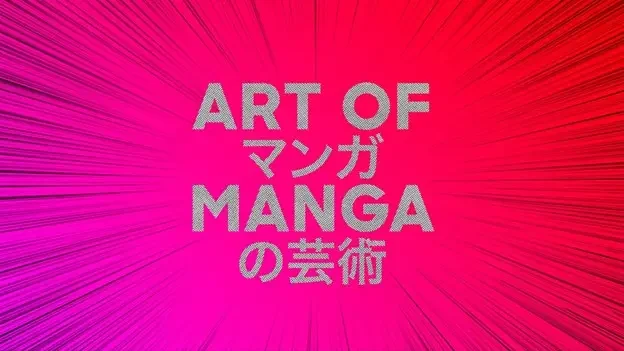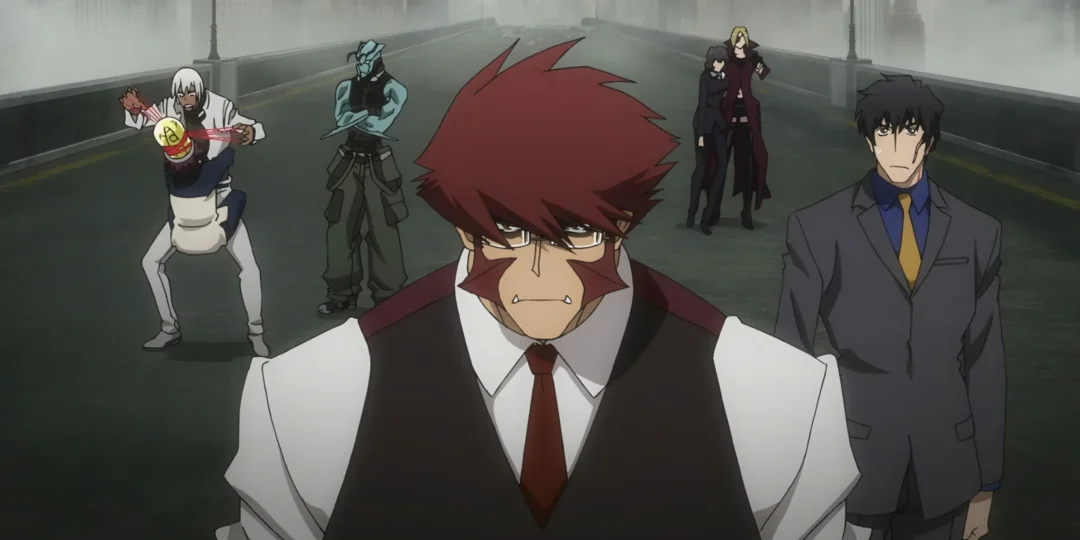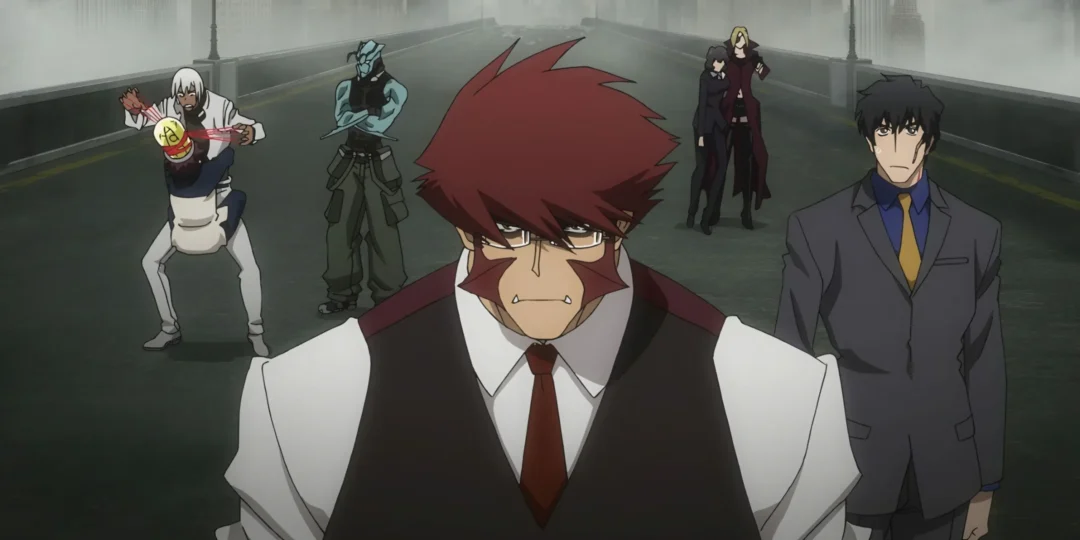The de Young Museum in San Francisco is set to host a groundbreaking exhibition, marking the first major exploration of manga in a U.S. art museum. Opening in February 2025, this exhibition promises to be a comprehensive look at the history and global impact of Japanese comics, a cultural phenomenon that has captivated audiences worldwide.
A Deep Dive into the World of Manga
This landmark exhibition aims to showcase the rich diversity of manga, from its earliest forms to its contemporary iterations. Visitors will be treated to a curated selection of original artwork, historical artifacts, and immersive installations that highlight the unique visual language of manga. The exhibition explores the evolution of manga art styles, storytelling techniques, and the cultural context that has shaped this vibrant medium.
Early Influences and Key Figures
The exhibition will delve into the early influences on manga, tracing its roots back to pre-modern Japanese art forms, such as ukiyo-e woodblock prints. Key figures who played pivotal roles in the development of modern manga, like Osamu Tezuka, often referred to as the “God of Manga,” will be prominently featured. His innovative storytelling techniques and stylistic contributions laid the foundation for much of the manga that we see today. The exhibition aims to illustrate how Tezuka’s work helped transition manga from its earlier, more restrictive forms to its current diversity and global popularity.
Exploring Diverse Genres
One of the most compelling aspects of manga is its incredible range of genres. This exhibition will explore these various categories, highlighting their unique characteristics and appeal. The exhibition will feature notable examples of:
- Shōnen: Action-packed stories typically aimed at young boys, such as Dragon Ball and Naruto.
- Shōjo: Stories that focus on romance and relationships, usually targeted at young girls, including Sailor Moon and Fruits Basket.
- Seinen: Manga aimed at older male audiences, featuring more mature themes, such as Berserk and Monster.
- Josei: Works targeted towards adult women, often dealing with complex emotions and societal issues, such as Chihayafuru and Paradise Kiss.
- Kodomomuke: Manga for young children, like Doraemon and Anpanman.
This diverse array of genres underlines the breadth and depth of manga, demonstrating its ability to cater to a wide spectrum of readers and interests. The exhibition will also explore sub-genres within these categories, showcasing the sheer creativity and versatility of manga artists.
The Art of Manga: Visual Storytelling
The exhibition will place significant emphasis on the artistic techniques employed in creating manga. The visual language of manga is distinct, using panels, speech bubbles, and character designs to convey complex narratives. The exhibition will feature original drawings, showcasing the intricate detail and artistic skill involved in producing these comics. Visitors will learn about techniques such as:
- Panel Layout: How artists arrange panels to create a sense of pacing and flow.
- Character Design: The use of exaggerated expressions and distinctive features to portray emotions and personalities.
- Screen Tone: The application of textured patterns to add depth and tone to black-and-white artwork.
- Sound Effects: The visual representation of sounds to enhance the reading experience.
Through these examples, the exhibition will demonstrate the unique ways in which manga conveys narratives through visual art, blurring the lines between illustration and sequential storytelling.
Global Impact and Influence
Beyond its artistic merits, the exhibition will examine the profound global impact of manga. It will delve into how manga has influenced pop culture, fashion, and other artistic forms, both within Japan and across the world. The exhibition will detail:
Manga’s Influence on Animation
The relationship between manga and anime is undeniable. Many popular anime series are adaptations of manga, and the visual style of manga has significantly shaped the aesthetics of Japanese animation. The exhibition will explore the close connections between these two mediums, highlighting how they have influenced each other and contributed to a larger cultural phenomenon.
Manga’s International Reach
Manga has become a global phenomenon, translated into numerous languages and enjoyed by readers worldwide. The exhibition will address how the accessibility of manga has contributed to its international popularity. It will also address how local artists around the world are using the techniques and styles of manga in their own works, creating a cross-cultural dialogue.
Manga’s Impact on Fashion and Design
The aesthetics of manga have permeated various aspects of contemporary culture, including fashion, design, and other forms of visual art. The exhibition will explore how the distinct visual language of manga has influenced these creative fields, with examples of fashion designs and other artifacts that showcase the influence of manga art.
Interactive and Immersive Elements
The exhibition will also offer interactive and immersive elements, aimed at enhancing the visitor experience. These could include:
- Digital displays: Presenting animated manga panels and character designs.
- Hands-on workshops: Giving visitors an opportunity to create their own manga artwork.
- Interactive installations: Allowing visitors to delve into the world of manga and experience its unique storytelling techniques.
- Original Manga Artwork: Showcasing manga art from famous and influential manga artists
These elements are designed to engage visitors of all ages and backgrounds, providing a deeper understanding of manga and its cultural significance. The aim is to not just display manga but to provide an experience that fully immerses attendees in the culture and artistry behind it.
Why This Exhibition Matters
This exhibition at the de Young Museum represents a significant step in recognizing manga as an important art form and cultural force. By bringing this exhibition to the United States, the museum is helping to bridge cultural divides, promote cross-cultural understanding, and elevate manga to its rightful place in the global art scene. This exhibition not only celebrates the past and present of manga but also seeks to explore the future of this ever-evolving art form.
Accessibility and Education
One of the goals of the exhibition is to make manga accessible to a broader audience. Educational materials and programs will accompany the exhibition, giving visitors a deeper understanding of the history and cultural significance of manga. This exhibition serves as an introduction to manga for those unfamiliar with the medium as well as a celebration for longtime fans.
A Cultural Milestone
The exhibition is more than just an art show; it is a cultural milestone, providing a platform for a medium that has long been a significant part of Japanese culture and a growing force globally. It underscores the increasing recognition of manga as a valid and influential art form worthy of academic exploration and museum display.
Future of Manga Exhibitions
This exhibition could serve as a model for future manga exhibitions in the United States and around the world. By demonstrating the appeal of manga and the educational value of such a show, the de Young Museum is contributing to a wider appreciation of manga as a significant global art form.
Conclusion
The upcoming manga exhibition at the de Young Museum is a landmark event. It is set to provide an in-depth look at the history, diversity, and global impact of manga. From its early influences to its contemporary forms, the exhibition will offer a comprehensive exploration of this captivating medium. It promises to be a must-see for both long-time manga enthusiasts and newcomers to this unique art form. As the first major manga exhibition in a U.S. art museum, this event marks a significant moment in the recognition and celebration of manga’s cultural impact.


